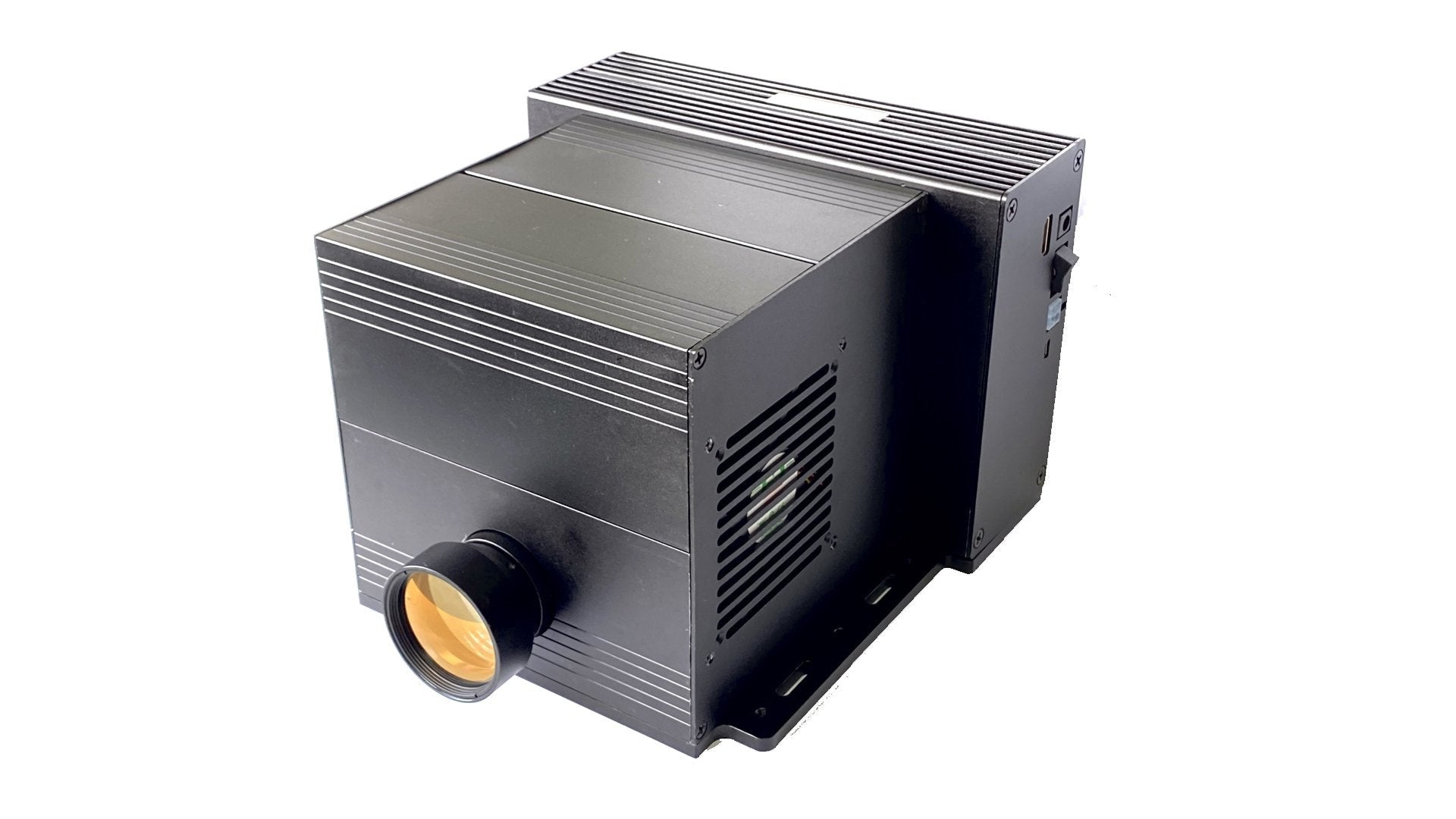In the realm of ultra-precise manufacturing, where scientists and engineers work at scales smaller than a human hair’s width, a light-based technology called Digital Light Processing (DLP) is enabling breakthroughs from medical devices to micro-robotics. Let’s explore how this innovative approach creates microscopic 3D structures with big potential.
What Makes DLP Special?
what Makes DLP Special?DLP 3D printing, best known for producing dental aligners and jewelry prototypes, reveals its true superpowers when miniaturized for micro/nano applications. Unlike conventional 3D printing that uses nozzles or lasers, DLP harnesses projected light patterns to sculpt structures with features measuring just 500 nanometers – about 1/150th the width of a human hair.
Core components:
UV light source: High-intensity light (typically 365-405 nm wavelength)
Digital micromirror device (DMD): A chip containing up to 2 million microscopic mirrors
Photoresist: Light-sensitive liquid resin that solidifies when exposed
Precision motion stage: Moves in increments smaller than 1 micrometer
The Nano-Scale Dance of Light and Matter
Here’s how it works:
A 3D model is sliced into ultra-thin 2D layers (often <5 μm thick)
The DMD chip dynamically creates light patterns using its micromirror array
UV light projects these patterns onto photoresist, curing entire layers simultaneously
The build platform incrementally lowers, building the object layer by layer
This "flash curing" approach enables faster printing than laser-based methods while maintaining exceptional resolution – critical for creating complex microscale architectures.
Why Researchers Love It
Speed: Projects full layers instantly (vs. point-by-point laser writing)
Scalability: Can produce hundreds of microstructures in parallel
Material versatility: Works with biocompatible resins, hydrogels, and ceramic precursors
Surface quality: Achieves optical-grade smoothness on tiny features
Tiny Structures, Giant Applications
DLP-based micro/nano printing is driving innovation in:
Biomedicine:
Tissue engineering scaffolds with capillary-like channels
Microneedle arrays for painless drug delivery
Customized microfluidic "lab-on-chip" devices
Micro-optics:
Compound eye lenses for mini cameras
Light-guiding structures for photonic chips
Advanced materials:
Metamaterials with unnatural mechanical properties
3D micro-batteries with high surface area electrodes
Current Frontiers
Recent advances are pushing boundaries:
Sub-100 nm resolution using two-photon absorption (DLP + nonlinear optics)
4D printing with shape-changing microstructures
Multi-material printing via wavelength-switchable resins
Hybrid systems combining DLP with inkjet deposition
Challenges Ahead
While promising, limitations remain:
Material properties often trail bulk material performance
Support structure removal becomes exponentially harder at micro scales
Oxygen inhibition during curing limits certain geometries
Throughput vs. resolution trade-offs persist
The Future in Focus
As researchers develop better photoresins, smarter mirror arrays, and hybrid nanofabrication approaches, DLP continues to redefine what's possible in micro-scale additive manufacturing. From personalized medical implants to optical computing elements, this technology is helping build our future – one micrometer at a time.
Next time you see sunlight filtering through window blinds, imagine millions of micromirrors doing a similar dance to create tomorrow's microscopic technologies.
Let me know if you'd like to adjust the technical depth, focus more on specific applications, or add visual/graphic suggestions!


Share:
The Revolutionary Impact of SICUBE’s TIR Prism on Modern Optics
Multi-Projector Splicing System for Large Scale 3D Printing
2 评论
oxalqd
mfas05